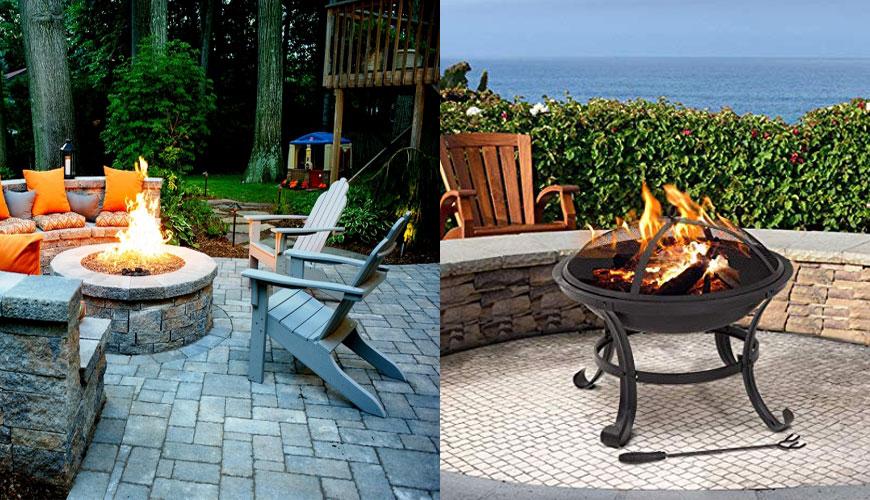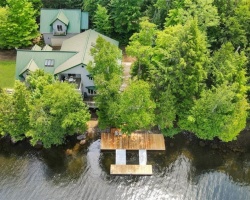GAS vs FIRE

To start, it’s important to realize that virtually any fire pit design can be adapted for use with either type of fuel.
In fact, nearly any wood burning fire pit can be easily converted to a gas one by installing an insert, commercially available for about $100-$400, depending on size.
So, the only things you’ll need to consider when deciding which type of fuel to use are factors directly related to the fuel itself and to your personal preference.
Here are some of those factors to consider when making a decision to make the best choice for your own outdoor living set-up.
Atmosphere
Are you looking at your fire pit as a place to watch the mesmerizing effects of the flames reaching beyond the crackling wood, or do you spontaneously gather around it with family & friends enjoying good conversation and not wanting the hassle of kindling a fire and later having to clean up the mess.
Fuel Availability
Do you live in a remote rural area with plenty of firewood nearby and have good access to a source? Or a suburban home with a gas line already in place and only requiring connectivity to the planned fire pit?
Installation Time
Wood is typically cheaper than gas, especially if you have your own woodlot. Wood-burning fire pits are also a little cheaper to install and can be built in 50% to 75% of the time it takes to install a gas-burning unit.
However, it’s important to also consider your time as an expense. Even if you don’t chop and split your own wood, you’ll still have to spend time ordering, stacking, seasoning, carrying and arranging it.
Fuel Storage
A propane-burning fire pit will require a storage tank. Depending how often you use it, you may have one from 15 up to a 100 gallon tank. If you can connect an already existing propane tank, this might be the perfect solution especially since nobody wants to be spending their leisure time staring at the side of a gas tank. You will want to be sure you either you have an out of the way corner to place it the gas tank, or come up with a creative landscaping solution to hide it.
Firewood also requires storage space on your property. Consider where you can stack wood without it detracting from your home’s appearance. Don’t stack it up against a wood framed house, though. Firewood can harbor termites.
Convenience
Gas is undoubtably far easier to use than wood. Starting a gas fire is simply a matter of flipping a switch and holding a lighter to it. Also, firewood can be messy; if you don’t want to deal with sweeping up bits of bark you might be happier with gas.
Safety
With gas, there is the possibility of gas leaks. However, this is very rare when a fire pit is professionally installed. With firewood, basic safety measures should always be taken, which include wood cutting with extreme caution, stacking firewood properly in the fire pit and extinguishing your fire when finished, to name a few.
Environmental Considerations
Wood is a renewable resource, unlike gas. However, gas is far more clean burning than wood, so environmentally it’s a toss-up. Certainly, if you or a family member has asthma or is sensitive to smoke, gas may be a better option for you.













